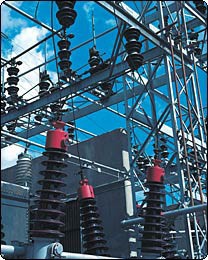From today’s Wall Street Journal:
Texas had some of the cheapest power rates in the country when it zapped most of the state’s electric regulations six years ago, convinced that rollicking competition would drive prices even lower.
This summer, electricity there is some of the nation’s priciest.
Power costs are rising in the rest of the U.S., but everything is bigger in Texas: On a hot day in May, wholesale prices rose briefly to more than $4 a kilowatt hour — about 40 times the national average.
Deregulation is was supposed to bring prices down. What happened? The Journal’s research cites the following:
–Rising fuel costs are part of the problem (power generators use natural gas)
–Texas’ electricity demand is the highest in the nation. Is infrastructure wasn’t designed to accommodate the freewheeling demand, so there are transmission problems
After deregulating its electricity, Texas’ utilities companies saw several changes. A handful of electricity retailers and small businesses collapsed. They transferred customer accounts to bigger, more expensive retailers.
The plan that promised Texans more choices and lower rates has had the opposite effect. Poor planning (even Texas’ newer, more efficient plants still use natural gas), a free economy that created a rash of middlemen, many of them unexperienced, and expensive daily auctions add to the mess.
Question of the day: Can electricity successfully be deregulated? We’re going to face questions like these more and more as various energy industries pop up to replace oil.
I highly recommend reading the entire WSJ article here.

